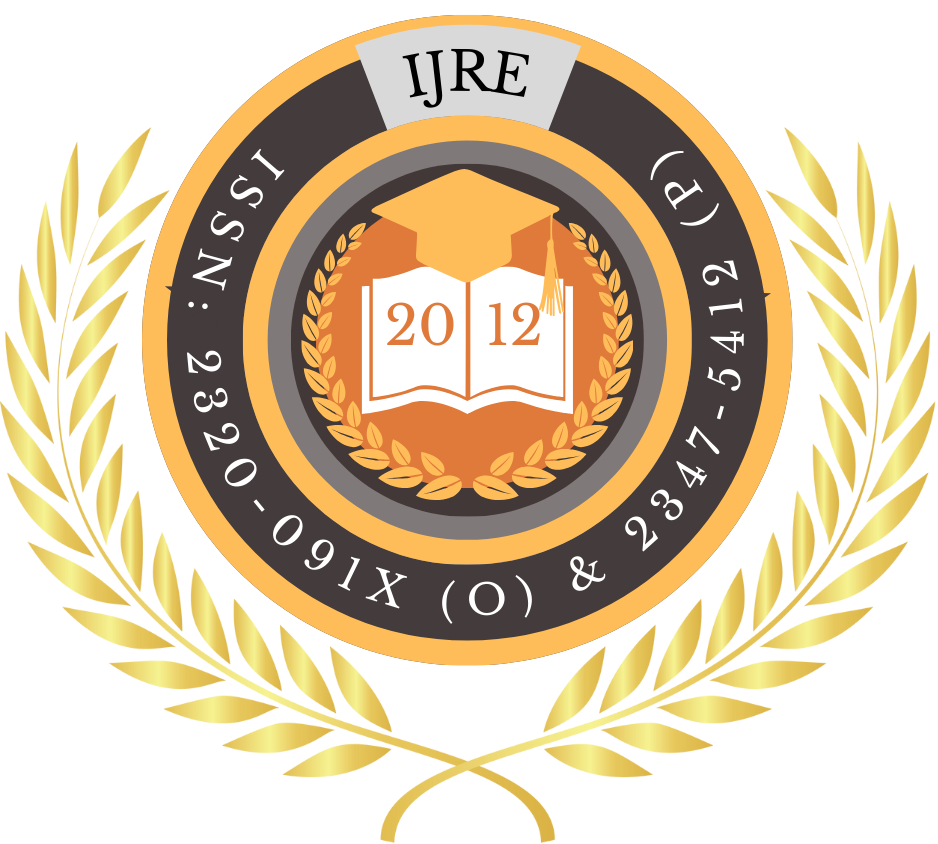![]()
Certificate: View Certificate
Published Paper PDF: View PDF
Manoj Prasad
Independent Researcher
India
Abstract
Inclusive pedagogy for visually impaired learners in online platforms involves the deliberate application of instructional design principles, technology adaptations, and pedagogical strategies to ensure equitable access and meaningful engagement. As digital learning environments proliferate, learners with visual impairments confront barriers ranging from inaccessible content formats to poorly structured interfaces, which impede comprehension and participation. This expanded study synthesizes interdisciplinary research on universal design for learning (UDL), assistive technologies, and online instructional frameworks, contextualizing their relevance for visually impaired users. A survey of 200 stakeholders—comprising 100 visually impaired learners, 80 educators, and 20 instructional designers—provides empirical insights into current practices, pain points, and success factors. Quantitative analyses reveal statistically significant correlations between educator training in accessibility and learner satisfaction, as well as between the availability of integrated assistive features and perceived autonomy. Qualitative thematic analysis uncovers emergent best practices, such as multimodal content delivery, scaffolded interaction design, and community-building approaches. The study proposes a comprehensive set of guidelines, emphasizing proactive accessibility auditing, continuous professional development for educators, and institutional policy alignment with standards such as WCAG 2.1. Recommendations also include leveraging open educational resources (OER) tailored for accessible use, incorporating learner feedback loops, and investing in scalable assistive-device provisioning. By advancing a learner-centered framework grounded in evidence-based strategies, this research contributes to the theoretical and practical discourse on digital inclusion, offering a roadmap for educators, designers, and policymakers to foster robust, accessible online learning ecosystems for visually impaired students.
Keywords
Inclusive Pedagogy, Visually Impaired, Online Learning, Accessibility, Universal Design
References
- Al-Azawei, A., Parslow, P., & Lundqvist, K. (2017). Barriers and opportunities of e-learning implementation in Iraq: A case of public universities. International Review of Research in Open and Distributed Learning, 18(6), 126–146.
- Burgstahler, S., & Cory, R. C. (2008). Universal design in higher education: From principles to practice. Harvard Education Press.
- Chandler, P. (2019). Designing for all: Inclusive online learning communities. Journal of Accessibility and Design for All, 9(1), 45–62.
- Ellis, K., & Kent, M. (2020). Making universities accessible: Removing barriers for inclusive online teaching. Higher Education Quarterly, 74(3), 237–252.
- Fichten, C., Asuncion, J., & Barile, M. (2014). Digital accessibility and inclusion strategies for visually impaired learners. Disability and Rehabilitation: Assistive Technology, 9(1), 35–45.
- Galy, E., & Charmatz, M. (2018). Accessibility evaluation of digital learning environments for blind students. Computers & Education, 121, 64–76.
- Graf, S., Vlachopoulos, D., & Kinshuk. (2020). Learning analytics in education for blind and visually impaired students. Learning Analytics Review, 2(2), 18–32.
- Lazar, J., Stein, M. A., & Andre, T. (2015). Ensuring digital accessibility through process and policy. Morgan Kaufmann.
- Lee, M., & Park, S. (2019). Effects of screen reader usage on student performance in online assessment. British Journal of Educational Technology, 50(3), 1330–1346.
- McKerlich, R., Lecouteur, A., & McDonald, K. (2016). Universal design in K–12 education: A review of literature. Journal of Special Education Technology, 31(2), 59–69.
- Ministry of Education. (2021). Guidelines on inclusive education for students with disabilities. Government Press.
- Moore, J., & Calabrese, B. (2018). Collaborative learning strategies for visually impaired students in online courses. International Journal of Inclusive Education, 22(8), 812–827.
- Murphy, D., & Smith, R. (2021). Impact of accessible video content on learning outcomes. Education and Information Technologies, 26(4), 4233–4250.
- Nicol, D., & Macfarlane-Dick, D. (2006). Formative assessment and self-regulated learning: A model and seven principles of good feedback practice. Studies in Higher Education, 31(2), 199–218.
- Okolo, C., & Lang, R. (2020). Online learning for blind and low-vision students: Barriers and enablers. Journal of Educational Technology Systems, 49(1), 5–28.
- Rose, D. H., & Meyer, A. (2002). Teaching every student in the digital age: Universal design for learning. ASCD.
- Sloan, D. (2017). Institutional support for online accessibility: A multi-case analysis. Online Learning, 21(2), 125–141.
- Smith, M., & Basham, J. (2014). Educator’s guide to assistive technologies. Corwin Press.
- (2020). Global report on digital learning and accessibility. United Nations Educational, Scientific and Cultural Organization.
- Wentz, S., Jaeger, P. T., & Lazar, J. (2011). Retrofitting accessibility: The legal grey area of online education. American Library Association.
